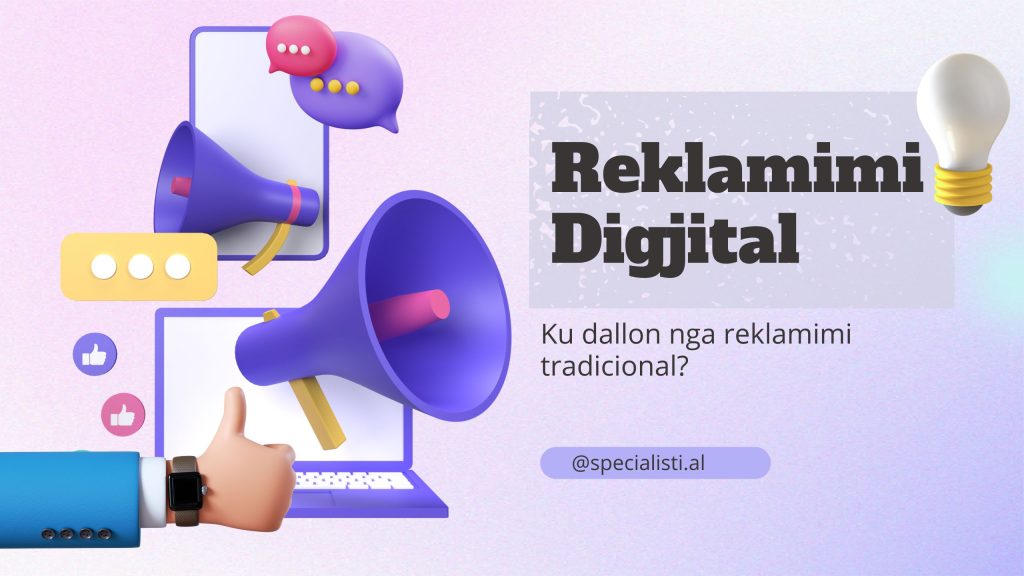Digital Advertising
Digital advertising refers to online ads distributed through digital channels such as search engines, social media, websites, and mobile applications.
The purpose of digital advertising is to reach your target audience and influence them to take a specific action. This is different from traditional advertisements to which we have all been exposed for decades.
Differences between digital advertising and traditional advertising
The main differences between digital advertising and traditional advertising are flexibility and precision. But where exactly do they differ.
Flexibility
An example of flexibility is how quickly digital ads can appear. The process of printing and distributing ads through traditional channels, such as newspaper delivery or painting a billboard, can take considerable time. In contrast, digital advertising can have a much shorter turnaround time. It can appear on a website almost immediately after the ad is created. For ads that are automatically generated based on a standard template, the process can take just a few minutes.
Unlike print ads, where an advertisement cannot be changed once it is published, digital ads are flexible even after the campaign is live. Depending on the specific channel, it may be possible to adjust creative content, timing and frequency, targeting, and more. This allows for optimization after the campaign has been published, where you can make adjustments based on how the ads are performing.
Digital advertising is also extremely flexible when it comes to budget. Digital ads can be as expensive as traditional ads or even more. However, digital ads are also accessible to smaller businesses with limited budgets and can be scaled up or down to match your financial investment.
Precision
Another key difference between digital advertising and traditional advertising is precision. Traditional ads in magazines, on TV, or billboards reach anyone who sees them. In contrast, digital advertising allows you to use various targeting methods to be more precise and reach the audience most likely to be interested in your ad. For example, if you sell outdoor gear, you can choose to target people interested in hiking or retarget buyers who have browsed your products but haven't purchased yet. Depending on the format, you can also choose to limit your ad to certain times of day or exclude audiences who have already seen your ad or see it again.
Why is digital advertising important?
There are many reasons why digital ads are an essential part of every business's marketing strategy. Perhaps the most important is that consumers are spending more and more time connected to the internet through computers, smartphones, and smart home devices.
People make decisions about the goods and services they buy at any time of day, during all kinds of activities. With digital ads, you can reach your audience while they are browsing the internet for products to buy. Or you can approach them while they are watching a TV show, visiting a favorite website, or using social media. Even if they don't choose to buy from you at that moment, reaching them in these different contexts can help them remember your brand later when they are ready to make a purchase.
Digital advertising provides a powerful and effective tool for building brand awareness, increasing sales, and conversions. It also helps connect with the audience in new and innovative ways in the digital environment.




